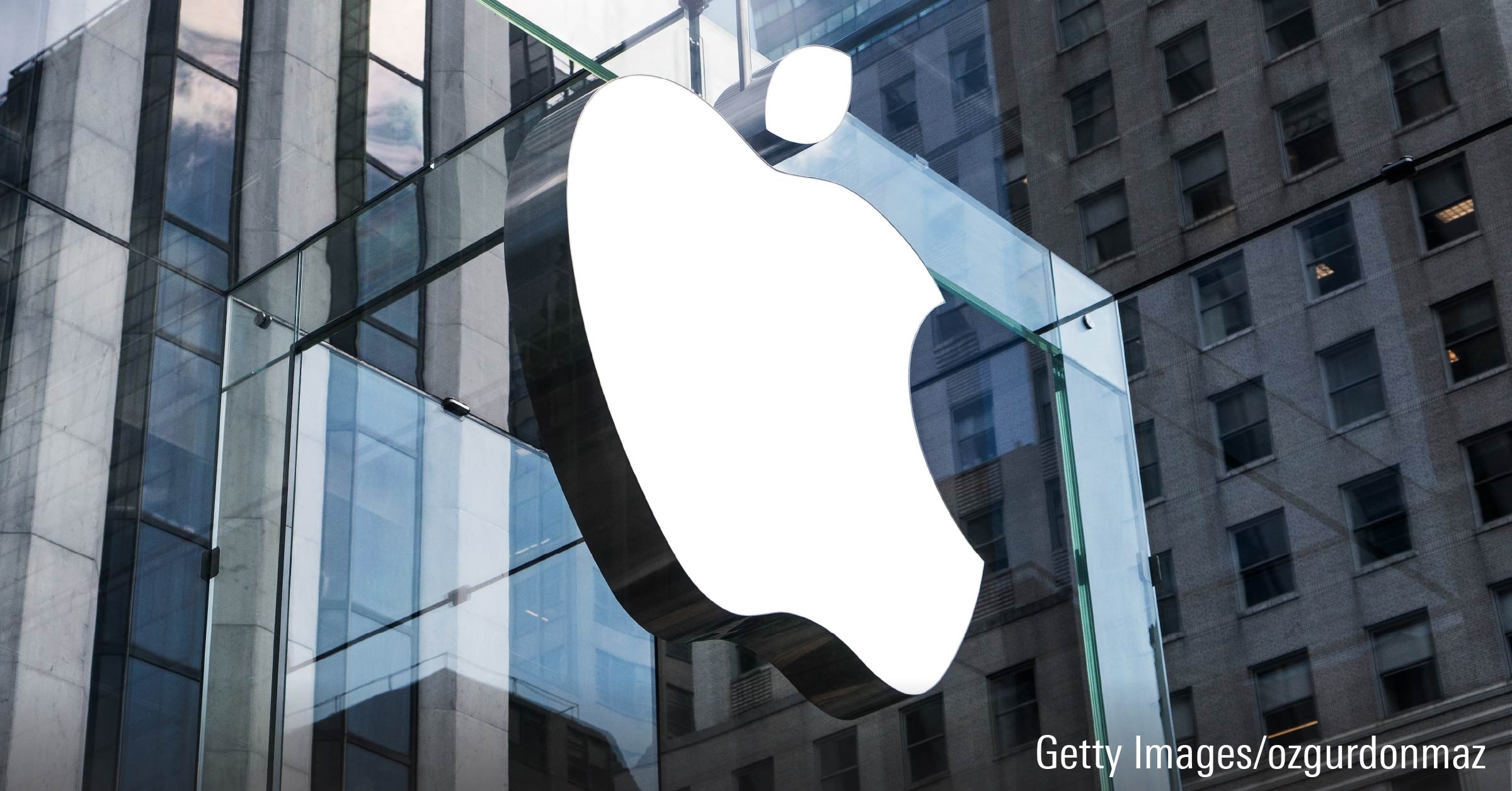In Part 1 of this article we looked at how the US ETF fund flows have done generally and at the category group level. Here in Part 2, we examine the fund flows at the category, individual ETF and provider level.
Flows by Category
Large-blend led all categories, with inflows of US$47.6 billion. The category contains the market-cap-weighted passive index funds such as S&P 500 Index funds, so it continues to benefit as investors shift from active to passive management. The improving economy in Europe, which exited recession territory earlier in the year, and the aggressive stimulus in Japan attracted new money to foreign developed markets. The category’s US$19.3 billion inflow was the strongest since a US$12.8 billion inflow in 2007, before the European debt crisis.
The big flow story across mutual funds and ETFs for 2013 was the rotation out of bond funds with mostly interest-rate risk and into shorter-duration products or products with other risk factors, such as credit risk, that were perceived to be more defensive against a rise in interest rates. Compared with mutual funds, the outflows from bond ETFs were less severe in some cases, such as in the intermediate-term bond category. But in some other niche categories, outflows were stronger from ETFs, such as in the long-term bond category.
The short-term bond category led the taxable-bond category group in terms of flows. Among short-term funds, Vanguard Short-Term Bond ETF (BSV, listed in the US) attracted US$4.8 billion. PIMCO Enhanced Short Maturity ETF (MINT, listed in the US) attracted US$1.7 billion, bringing assets to US$3.9 billion and making it the largest active ETF, while PIMCO Total Return ETF (BOND, listed in the US) had outflows of US$197 million, dropping assets to US$3.5 billion. On an organic growth basis, funds in the bank loan category had the fastest growth and were led by PowerShares Senior Loan Portfolio (BKLN, listed in the US).
.jpg)
Smart Beta Gains Recognition in 2013
Although Morningstar does not have a separate category for so-called “smart beta” funds, they can be identified by their characteristics, such as using non-market-cap weighting or emphasizing less-traditional risk factors. Using a broad definition of the term, Morningstar counts 249 funds with the smart-beta theme with assets of US$277.9 billion, up from US$179.1 billion a year ago. Inflows of US$46.0 billion in 2013 represent a 26% organic growth rate, faster than the 20% organic growth rate of U.S.-equity ETFs.
Flows by ETF
SPDR S&P 500 (SPY, listed in the US; also listed in Singapore), the largest ETF, attracted the greatest inflows in 2013 and brought assets to US$174.8 billion. But SPY continues to slowly lose market share to both iShares Core S&P 500 (IVV, listed in the US; also listed in Singapore) and Vanguard S&P 500 ETF (VOO, listed in the US). SPY returned 32.21% for 2013, while IVV returned 32.31% and VOO returned 32.33%. Although SPY is more liquid, it charges more than both IVV and VOO and uses a less efficient unit investment trust legal structure. WisdomTree Japan Hedged Equity (DXJ, listed in the US) benefited from both a falling yen and a rising stock market in Japan. The fund returned 41.86% in 2013 and had inflows of US$9.8 billion. Assets hit US$12.6 billion, up from just US$1.2 billion a year ago. DXJ’s success spawned a number of currency-hedged equity ETFs in 2013.
.jpg)
Flows by Provider
Vanguard led all firms with a US$55.1 billion inflow and continued to gain market share, albeit at a slower pace than in the past. Among smaller ETF providers, PowerShares, WisdomTree, Guggenheim, First Trust, Schwab, ALPS, and FlexShares each made significant gains in market share. Flows to PowerShares were driven by strong demand for bank-loan funds as well as interest in its flagship, PowerShares QQQ (QQQ, listed in the US). Strong equity market performance helped First Trust gain share, as a high percentage of the firm's funds are equity funds. ALPS benefited from continued interest in MLPs. Those losing market share included iShares, State Street, and Van Eck. While iShares gained from strong flows to the international-equity category group, it lost share within the taxable-bond category group. Van Eck’s lost market share was a result of strong outflows from Market Vectors Gold Miners ETF (GDX, listed in the US), Van Eck’s largest exchange-traded fund.
.jpg)
.jpg)






.png)










